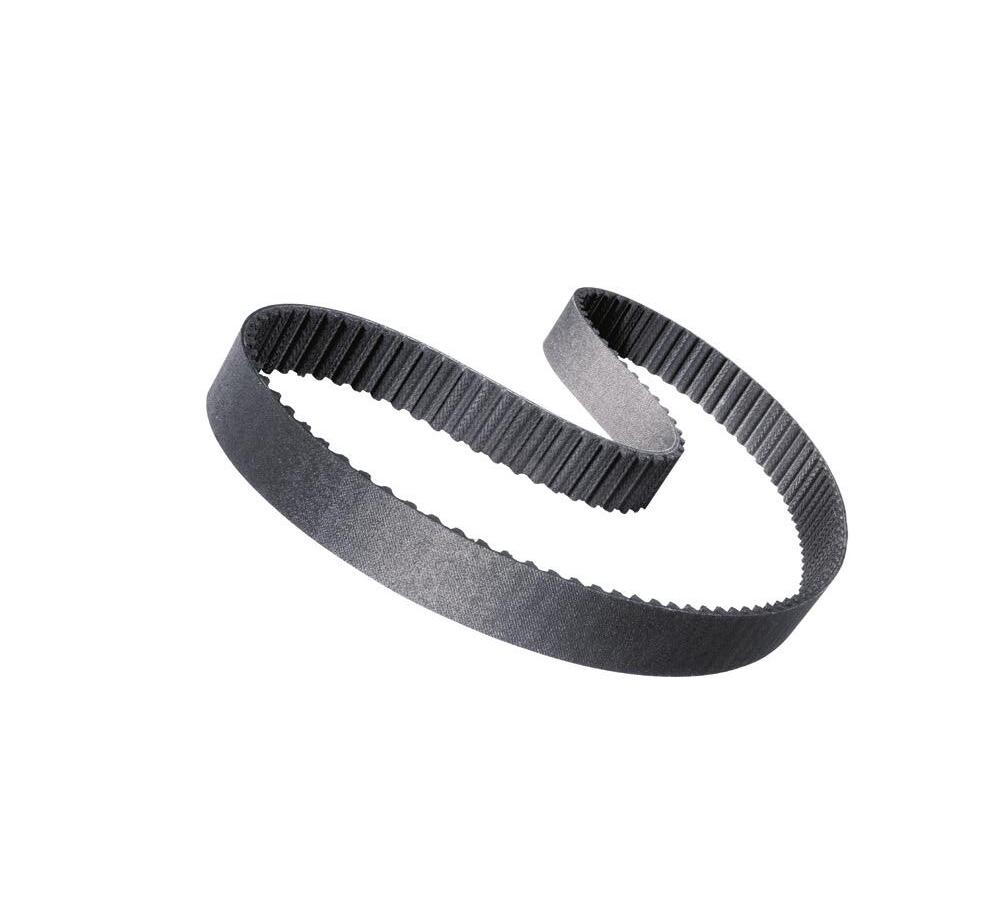
2 minute read
READY FOR ANYTHING: NEW TIMING BELTS
We are adding a large number of new models to our range of timing belts. This will ensure mechanics are perfectly equipped for carrying out repairs to around 1.5 million vehicles from Hyundai, Kia, Jaguar, Ford, Land Rover, Peugeot and Citroën.

Advertisement
Efficient, attractive and packed with extras: thanks to these qualities, and more besides, models from Hyundai and Kia continue to make inroads into the European market. To make sure mechanics are ideally prepared for all repair jobs on these vehicles too, we have expanded our product range accordingly: new additions include the CT1237 timing belt for the camshaft of new Hyundai Kauai, Kona, Tucson, i30 and i40 models, for example. This belt is also suitable for Kia models with a 1.6 diesel engine, such as the Ceed, Optima, Proceed, Sportage, Stonic and Xceed, and can be fitted in mild hybrid applications too. The CT1238 belt for the oil pump (belt in oil) in the above models from Hyundai and Kia is likewise new.
The lineup of new products is completed by the CT1240 timing belt fitted in 2.0 EcoBlue engines from Ford. It has a slightly different tooth profile compared to the CT1233, making it suitable for the following vehicles from model year 2019 onwards. The engines affected are all 2.0 EcoBlue units including mild hybrid applications, such as in the Focus IV, Galaxy III, Kuga III, Mondeo V, Ranger, S-Max, Tourneo Custom V362 Bus and Transit Custom Bus models as well as the Kuga 2.0 EcoBlue mild hybrid.
As usual, all the key technical specifications can be found in the Product Information Center (PIC).
www.continental-engineparts.com
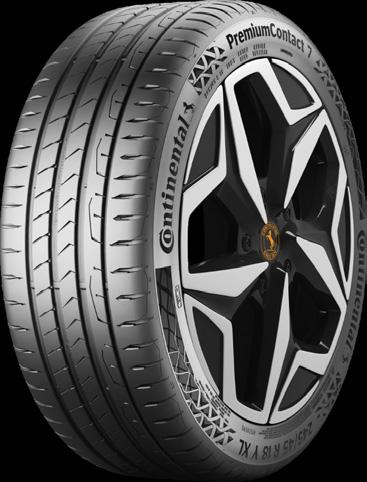
Didyouknowthatourtyreshavereceivedtopratingsinindependenttestsonaregularbasisfor morethantenyears?Andthiscontinuoussuccessisreallynotacoincidence,sincewealwaysput maximumeffortandpassionintoeverysingleproduct.Theseresultsmakeusproudandatthesame timemotivateustocontinueworkingsuccessfullyinthenameofdrivingsafety.Sothatyoucanrely onus,whenothersrelyonyou.
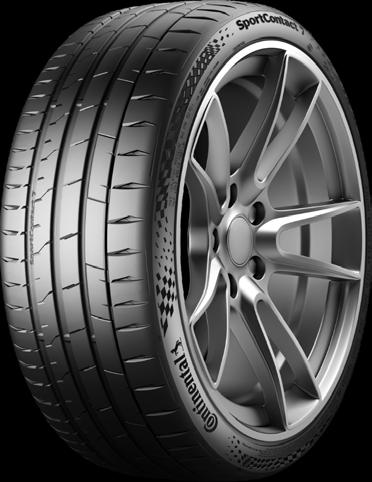
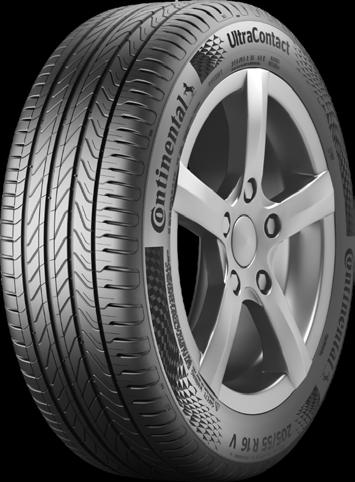



Brembo
MATTEO BUSNELLI

Head of Aftermarket Marketing, Global Business Unit Aftermarket Brembo S.p.A.
Shaping The Future Of Mobility
Products Dedicated To Electric Cars
Today, electric and hybrid vehicles use regenerative braking in addition to traditional dissipative braking, resulting in less use of the friction brake than a car with a combustion engine.
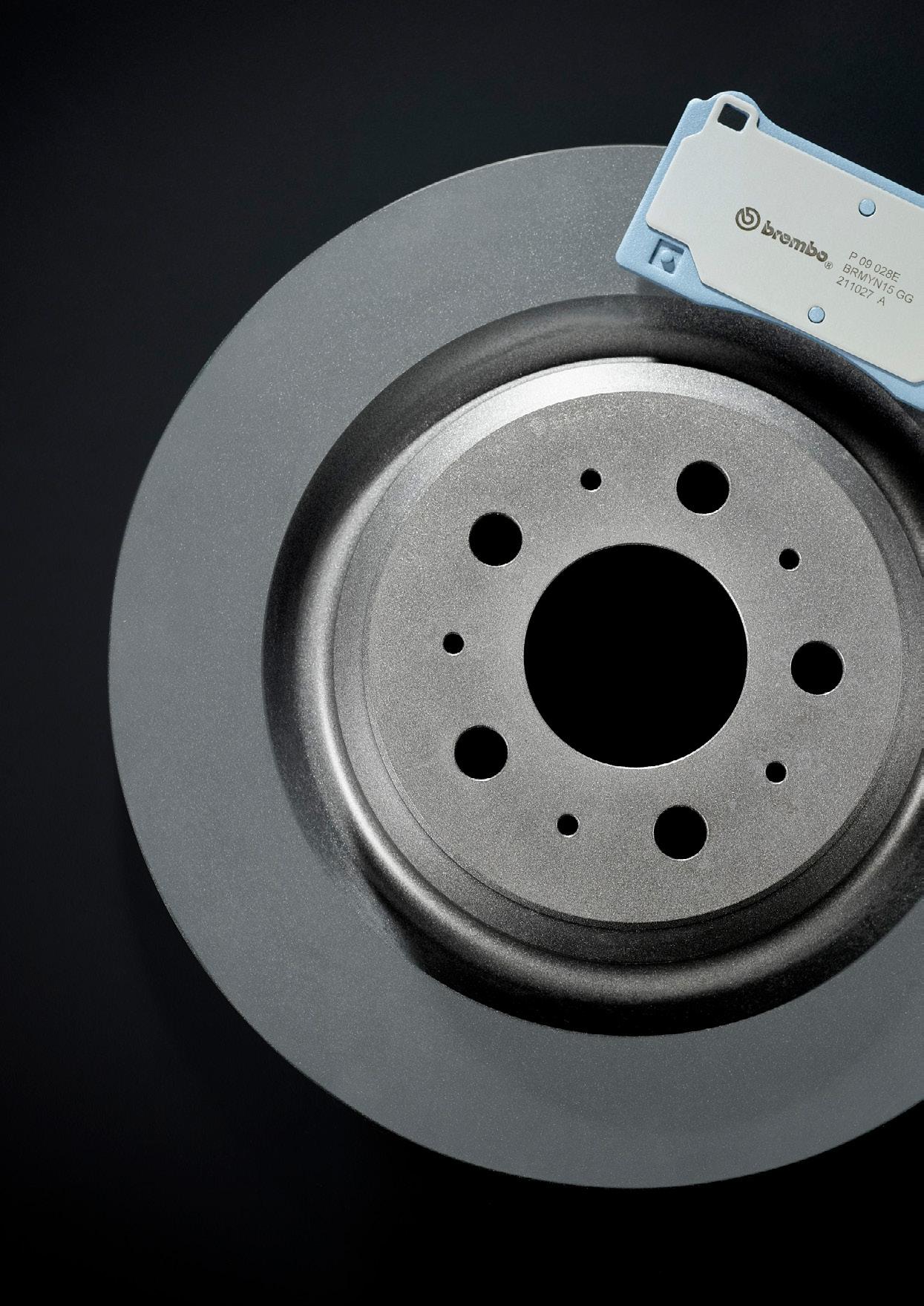
However, regenerative braking has its own applicability, dependent on the total battery capacity and the battery capacity available at the time of use. In general, for Mild Hybrid and Full Hybrid cars, regenerative braking has very little influence on the use of conventional brakes due to the reduced battery capacity; whilst it has an important influence on electric cars.
In addition, cars with high regenerative braking, i.e. electric and plug-in cars, can make the most of their characteristics in driving situations where acceleration and slowing down (city driving), or uphill and downhill (mountain driving), prevail. Moreover, regenerative braking cannot generate the same braking power as dissipative (frictional) braking. Therefore, in emergency braking, as well as in other modes of use, dissipative braking is always necessary for electric cars.
Today, most hybrid and electric cars use carry-over braking systems derived from conventional vehi- cle applications. This means that, particularly for electric cars, these braking systems are oversized for normal car use and, therefore, the actuation components will wear very little.
Manufacturers are reacting to this by trying to develop technological solutions suitable for this type of vehicle. In particular, the most important solutions concern: lightness, reduction of noise and residual torque, protection against corrosion and silent friction material.
As far as maintenance is concerned, it is very important in the new generation of electric cars to check for corrosion and possible deterioration of the components. The proper functioning of the brake caliper, and the possible replacement of deteriorated components, must be carried out promptly so as not to compromise the operation and safety of the system.
The Brembo Beyond EV kit is the right answer and consists of a special combination of coated brake discs and pads, enhancing Brembo’s Aftermarket offer for electric cars. This solution, derived directly from OE expertise, has been specifically designed to combine low environmental impact with the best possible performance and safety.
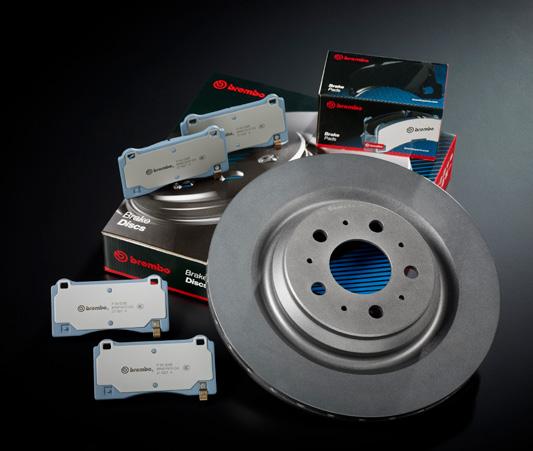
Safety and durability were central to the design of this solution. Electric cars use regenerative braking in addition to traditional dissipative braking, resulting in reduced use of friction brakes. Over time, this can result in the formation of rust on brake system components that are not used, ero-










